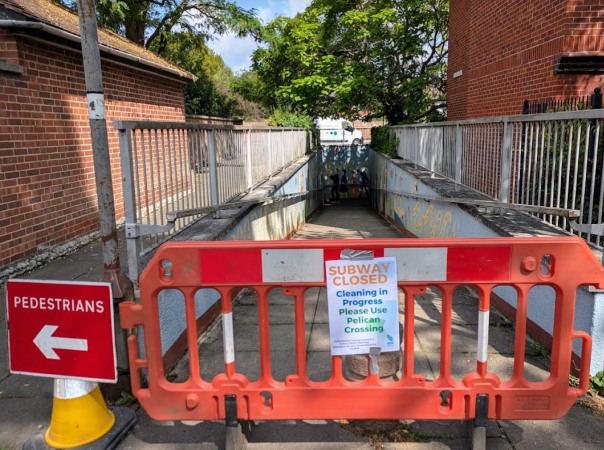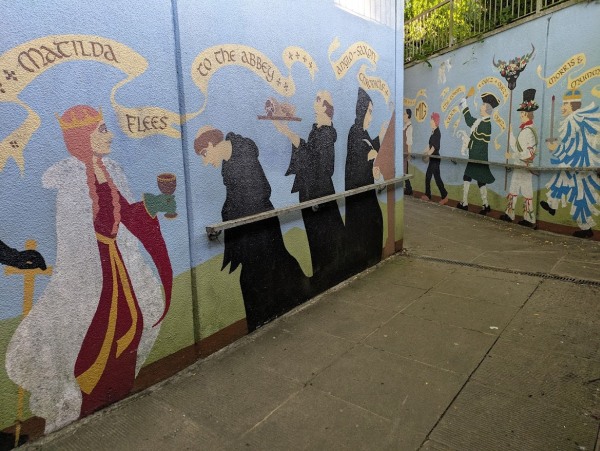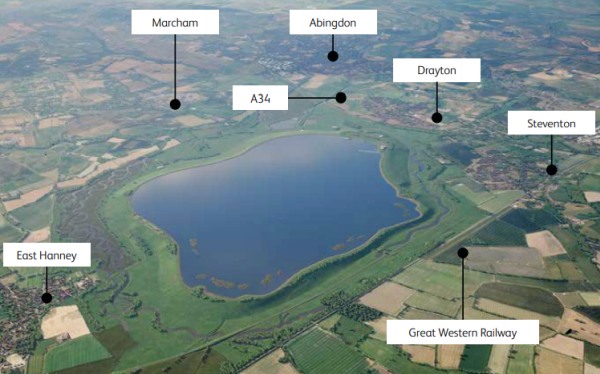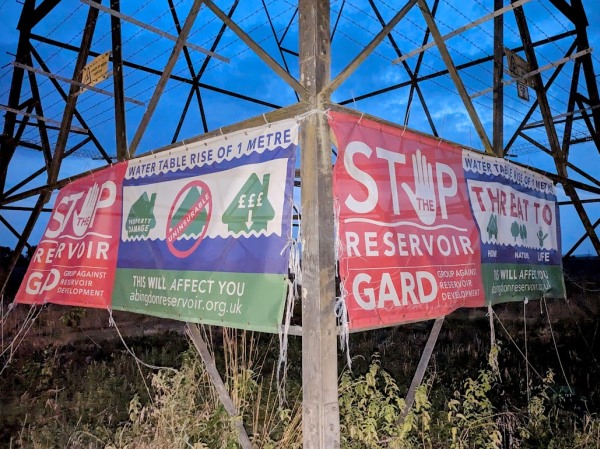
There are quite a few visitors wandering around Abingdon at the moment — cameras at the ready or following the treasure trail that includes a clue near our house in West St Helen Street. But the bigger town events are missing — no Excellent Markets, no festivals filling the Market Place with music and colour.
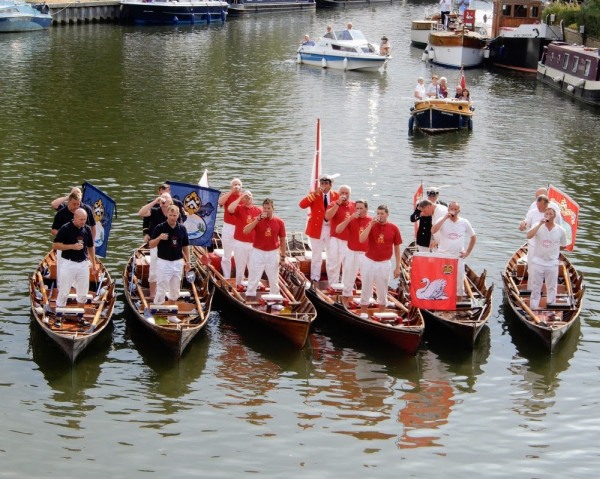
The Swan Upping came through Abingdon eight days ago, but anyone who went down to the river at 5pm on Friday 18th July — the time announced by the town crier — will have missed it.
For those unfamiliar, Swan Upping is an annual ceremonial event in which swans on the River Thames are counted, checked, and marked by a team in traditional uniform, travelling in skiffs.
What I heard is that David Barber, the King’s Swan Marker, didn’t give the crews time to order a pudding at the Barley Mow in Clifton Hampden. The menu there includes choices like Salted Caramel Sundae, Rose Petal & Pistachio Panna Cotta, and Sticky Toffee Pudding. As a result, the flotilla made good time, and by 5pm they had already raised a tot of rum to the King at Abingdon Bridge and were safely inside a local pub.
